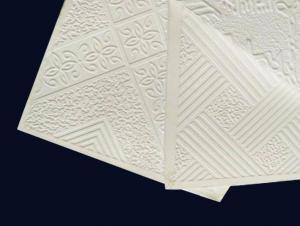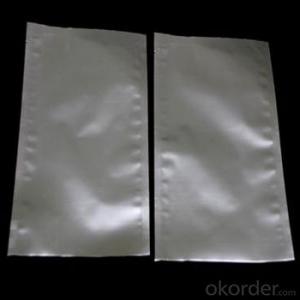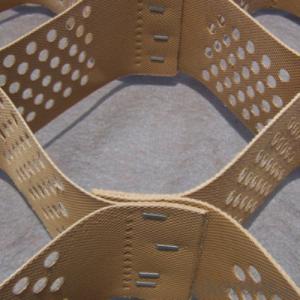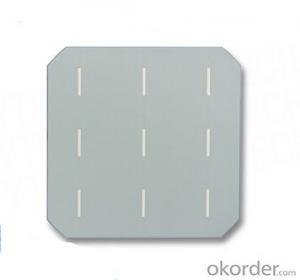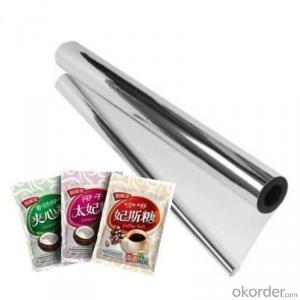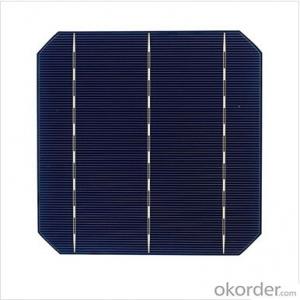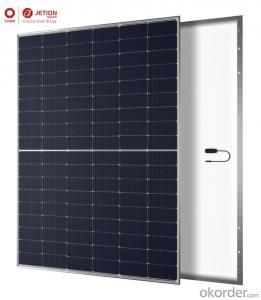Physics Of Solar Cells Nelson
Physics Of Solar Cells Nelson Related Searches
Shiny Or Dull Side Of Aluminum Foil For Cooking Inverter For 100w Solar Panel Solar Panel Inverter For Rv Pvc Tiles For Walls Wall Lights For Bedrooms Inverter Ac With Solar Panel Solar Panel With Inverter Kit Solar Panel Kits With Inverter Solar Panel With Inverter Direct Roving For PultrusionHot Searches
Type Of Inverter For Solar Price Of Shipping Containers For Sale Types Of Inverter For Solar Used Sandwich Panel For Sale Bags Of Cement For Sale Pvc Chairs For Sale Tilt Panel Props For Sale Types Of Temporary Side Panels For Cement Deck Cost Of Awnings For Decks Type Of Scaffolding With Pdf Price Of Scrap Stainless Steel Price Of Stainless Steel Scrap Price Of Stainless Steel Type Of Stainless Steel Types Of Stainless Steel Grades Types Of Stainless Steel China Aluminum Coil Factory pvc pipe manufacturers in usa Sandwich Panel Price In India Aluminum Corp Of China StockPhysics Of Solar Cells Nelson Supplier & Manufacturer from China
Okorder.com is a professional Physics Of Solar Cells Nelson supplier & manufacturer, offers integrated one-stop services including real-time quoting and online cargo tracking. We are funded by CNBM Group, a Fortune 500 enterprise and the largest Physics Of Solar Cells Nelson firm in China.Hot Products
FAQ
- Yes, solar panels can be used to power electric vehicles. Solar panels generate electricity from sunlight, which can be stored in batteries and used to charge the electric vehicle's battery pack. This renewable energy source provides an eco-friendly and sustainable way to power electric vehicles.
- Yes, solar panels can indeed be used to power swimming pools. Solar panels can generate electricity from sunlight, which can be used to operate pool pumps, heaters, and other equipment, reducing the reliance on traditional electricity sources and saving on energy costs.
- I thinking of buying a few solar panels, can anyone who had bought solar panels or sells them give me a price for them. I dot wanna over spend on them...
- Solar okorder or another site to compare prices.
- What in the solar panel wares out so that the panel can not convert the suns energy to electric energy? Please post were you get answers.
- If they get smashed, they won't work. Keep them clean, and they will last many years. I suppose there is a 'limit' to the effectiveness of the cells lifespan, but it must be more than 25-30 years. Just glass, metal frame and silica. No moving parts. Seems like a good deal.
- Yes, there are government incentives and tax credits available for installing solar panels. These incentives vary by country and region, but they often include federal tax credits, state or provincial rebates, and local grants or loans. These financial incentives aim to promote the adoption of renewable energy sources and help offset the initial costs of installing solar panels. It is advisable to consult local authorities or renewable energy organizations to learn about specific incentives available in your area.
- Hi! I bought a Coleman 2 vdc cooler that pulls 9 amps. What size solar panel and amp-hour battery do I need? I only open it 3 times a day. It will hold about 3 gals of milk.
- If it pulls 9 amps continuously, that's 08 watts/hour or about 2.5 kwh/day. If it only pulls half that (does it cycle?) it's about .2 kwh/day. You only want to drain a lead-acid battery 50% or so, so you'll want a 5 or 2.5 kwh battery pack. A typical setup for the 5 kwh would be two L-6 batteries in series, and for the 2.5 kwh you could use 2 T-05 batteries in series. This does not account for days of cloud. If you regularly have cloudy days, size the battery pack for two or three days of use with no input (2-3 x the sizes given above). To charge them, you typically want panels that will charge your battery at least 5% of its capacity per hour (C/20). For 2 volt nominal panels that's 0 amps for the T-05 or 20 amps for the L-6 batteries. It's good to have more than that for battery life (it cuts down on what's called stratification), so you'll want probably 50-200 watts of panels for the T-05 and 300-400 for the L-6. You'll also need a charge controller. Peltier coolers are very inefficient. You'll save money by using a regular mini-fridge and an inverter. Most mini-fridges only draw 50 watts or so, so you're talking 600 watt-hours for a 50% duty cycle. This means two T-05 batteries will give you two days of use and you'll only need 20-50 watts of panel. DK
- but is that per day, per hour or minute?How much watts does the average AC unit use?How much does an energy efficient lightbulb use?All in all let's hypothetically say we no longer use the electric company for our energy source, How many of these panels do you estimate it would take to supply our small home?
- It's virtually impossible to estimate how many panels would be required, without knowing your electrical usage, and where the house is located. I'll give our house as an example, but it could be off by a factor of 0 (not kidding) from yours. We have gas heat, no air conditioning, and no pool. We live in a dry, sunny area of California, and our roof is ideally oriented for panels. We would need 25 such panels, but we are grid-tied. If we wanted to disconnect completely from the electric company, we would need 20% more panels to compensate for battery inefficiencies. So, the estimate is 30 panels. Here are some caveats: ) Air conditioning, especially central air, could double or triple the estimate. 2) An area that gets less sun per year (northern US, for example) would need more panels. 3) Typically, when a house has grid electricity, they keep grid electricity when they get solar panels. It's much cheaper to use both in tandem. 4) That's a horrible price for the panel in the picture. You can find a 200-watt panel for less than that. 5) Other equipment is required besides the panels to run your house off solar. You can read up on it on the internet, or ask a professional solar installer for a free quote.
- So you know how the bigger the surface area exposed to the heat radiation means the quicker it'll heat up.Is this what happens with solar panels, they have a large surface area exposing to the sun, so they can get more heat?
- - Radiation from the sun is mostly Ultra- Violet. - There are 2 types of solar panels, Solar thermal collectors and photovoltaic cells. - Put simply, photovoltaic cells take the UV rays and produce electricity. - Solar thermal collectors (which is probabl








